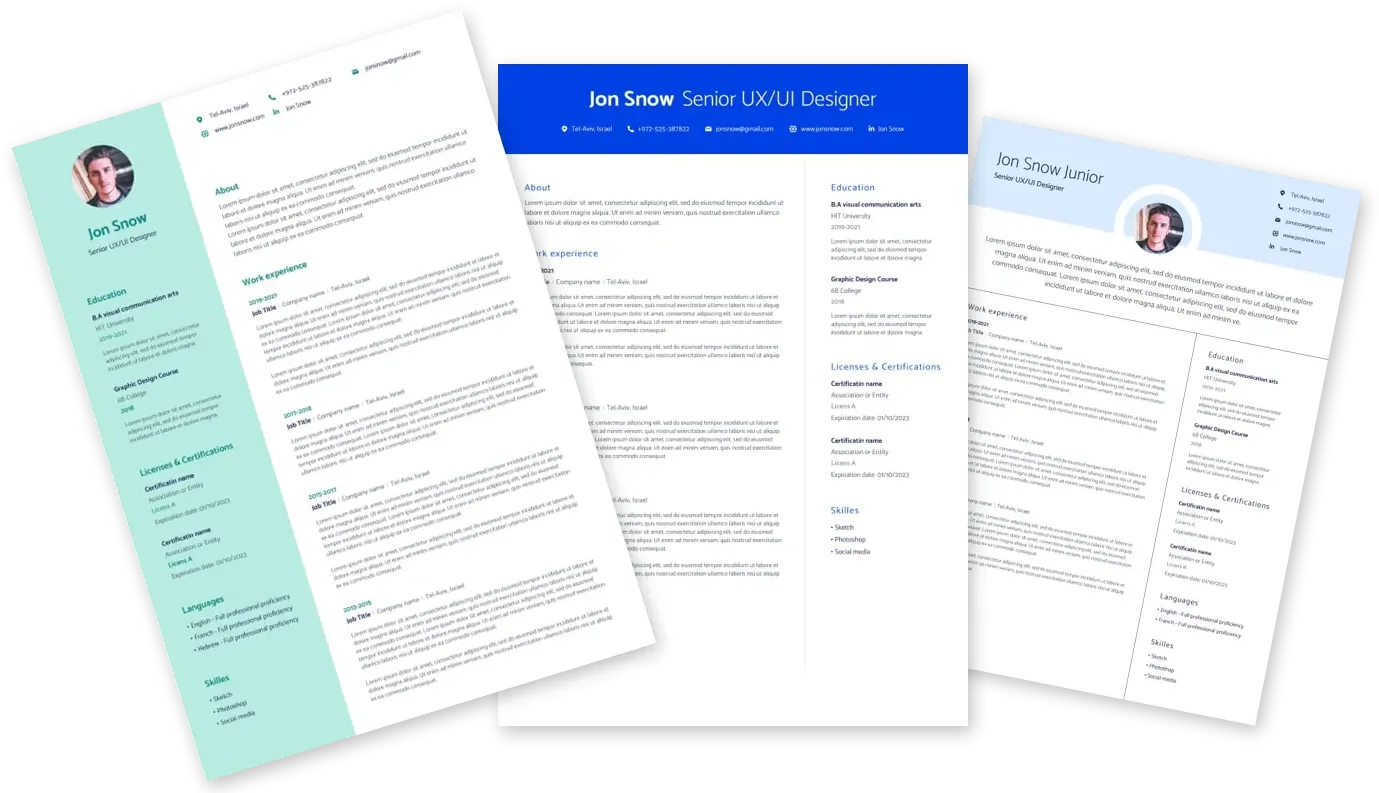
The point where experts and best companies meet

Amazon Senior Applied Scientist - SLAM Calibration Amazon Robotics United States, Massachusetts 332813516
Share
Key job responsibilities
Specific areas of focus may include (but are not limited too):
- Researching, designing, and implementing scientific approaches for sensor calibration, including cameras and LIDARs.
- Researching, designing, and implementing scientific approaches for SLAM (simultaneous localization and mapping).
- Supporting and improving the large-scale deployment of a SLAM system shared across an autonomous robot fleet.
- Evaluating and integrating new sensing modalities into an existing autonomy software stack.
- Optimizing runtime performance of autonomy algorithms by exploiting underlying hardware acceleration capabilities.
- Building frameworks for large-scale replay and analysis of events in pre-recorded sensor data.
- Deliver high quality production level code (C++ or Python) and support systems in production.
A day in the life1. Medical, Dental, and Vision Coverage
2. Maternity and Parental Leave Options
3. Paid Time Off (PTO)
4. 401(k) Plan
- Proven experience in robotic perception, SLAM, or computer vision.
- M.S. or PhD in Engineering, Sciences, Mathematics or similar fields.
- Excellent C++ or python programming skills including debugging, performance analysis, and test design.
PREFERRED QUALIFICATIONS
- PhD and 7+ years of relevant industry or academic research experience in developing algorithms for robotic perception.
- Expertise in C++, Python or any object oriented programming language.
- Expertise in SLAM, 3D reconstruction, sensor calibration, or related fields.
- Experience using sensors such as cameras, LIDAR, radar, sonar, GPS, IMU, etc.
- Track record delivering complex algorithms on robotic devices.
- GPU programming experience (CUDA/OpenCL).
- Publications in robotics and computer vision conferences and journals.
These jobs might be a good fit
